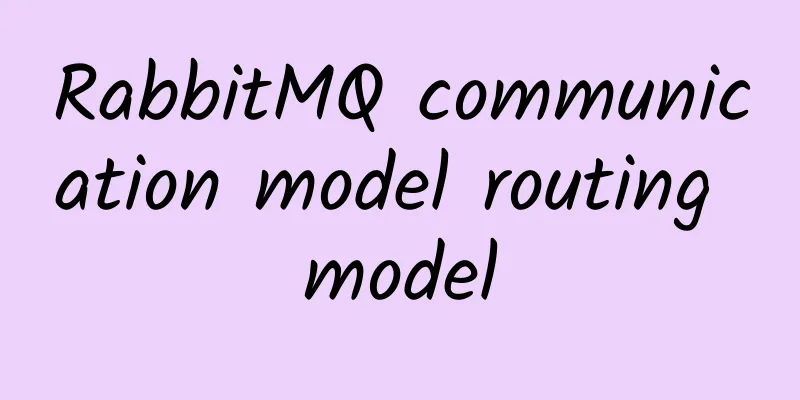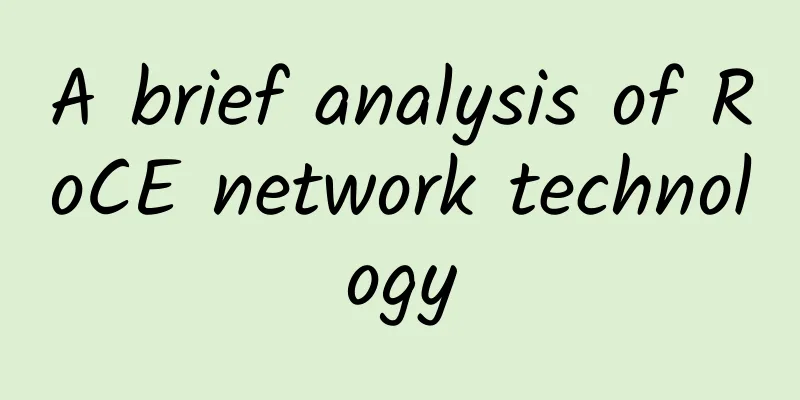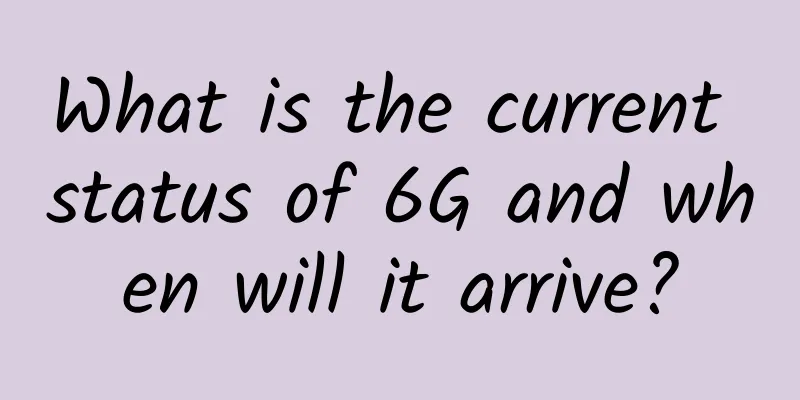RabbitMQ communication model routing model

|
Hello everyone, I am amazing. Today, I will lead you to continue learning RabbitMQ and understand the routing model, one of the five communication models of RabbitMQ. There will be a series of tutorials on RabbitMQ in the future. If it helps you, remember to pay attention~ Previous PortalRabbitMQ (1) hello world RabbitMQ (II) Communication Model - Work Model RabbitMQ (III) Communication Model: Publish-Subscribe Model Routing ModelRabbitMQ provides five different communication models. In the previous article, we briefly introduced the publish-subscribe model of RabbitMQ. This article will learn about the routing model (direct) in RabbitMQ. Routing model (direct): The routing mode is equivalent to an upgraded version of the distributed subscription mode, with an additional routing key to constrain the binding of queues and switches. In the routing model, the producer sends a message to the switch, and the switch forwards the message to the corresponding queue according to the routing key of the message. Each queue can be bound to multiple routing keys, and each routing key can be bound to multiple queues. Consumers receive messages from queues and process them. When a routing key is bound to multiple queues, the switch will send the message to all bound queues. When a queue is bound to multiple routing keys, the queue will be able to receive messages corresponding to all routing keys. Applicable scenariosThe routing model is suitable for scenarios that require point-to-point communication, such as:
Demo
// Producer
// Consumer 1 // Consumer 2
summaryThis article introduces the use of the routing model in the RabbitMQ communication model, which implements point-to-point communication through switches and routing keys. It is suitable for scenarios that require point-to-point communication. In actual use, the following points should be noted:
I will continue to update the series of articles on RabbitMQ in the future. Interested friends please continue to pay attention~~~ |
<<: How to ensure wireless network infrastructure supports Wi-Fi 6/6E?
Recommend
Three application strategy investment suggestions to help companies improve user experience
Today, the Asia-Pacific region ranks second in th...
BuyVM management panel Stallion simple use tutorial
I searched the blog and it seems that no one has ...
Why are they so obsessed with Tencent? How hard do the relevant departments work to review apps before they are put on the shelves?
Yesterday, the news that "Tencent's apps...
NTT and Cisco team up to provide integrated collaborative communications solutions
NTT and Cisco jointly provided an integrated coll...
5G and edge computing, how to choose?
With emerging trends like 5G and edge computing, ...
5G network popularization is accelerating, and these industries around you are already on the cusp of the trend
It has only been a year since the Ministry of Ind...
Seven of the hottest new IT jobs
In the era of cloud computing, big data, the Inte...
JuHost: $2.99/month-1GB/20G SSD/1TB@100Mbps/Kowloon, Hong Kong
JuHost has released a regular November promotion,...
In the first half of the year, Internet companies above designated size achieved business revenue of 695.1 billion yuan, a year-on-year increase of 25.6%.
Recently, the Ministry of Industry and Informatio...
Server-Speaks-First is a bit of a bummer, protocol detection and opaque ports in Linkerd 2.10
[[416375]] This article is reprinted from the WeC...
spinservers: $99/month-E3-1285v5/32GB/1TB NVMe/10Gbps/San Jose data center
Last week we shared the news that spinservers is ...
What is the difference between China Telecom’s quantum encryption, quantum speed reading, and quantum energy bar?
[[377345]] Some time ago, China Telecom launched ...
Verizon launches 5G private network in the United States and officially launches commercial use
Verizon Business recently launched its first comm...
5G penetrates into the B-end market and promotes the digital transformation of the industry
The core of 5G technology lies in the development...
Does your phone support 5G wifi? Is 5G Internet access really fast?
Now, China Telecom and China Unicom's 100M fi...









